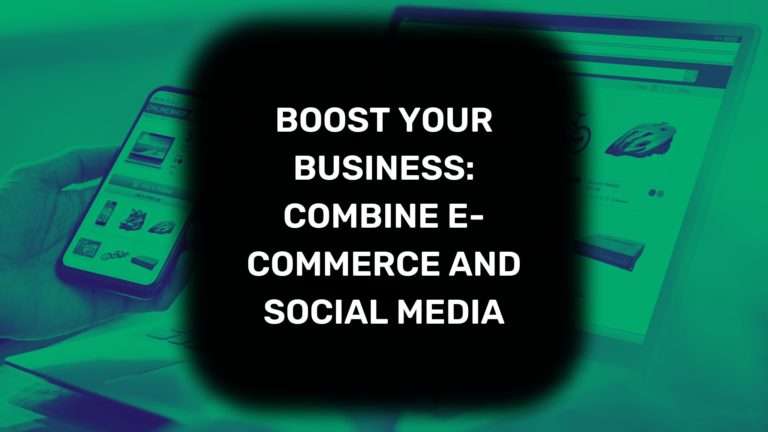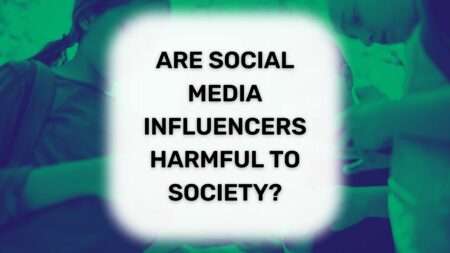What you’ll learn…
Introduction
If you are looking for ways to grow your business in today’s digital age, then combining e-commerce and social media may be the answer you’re looking for. E-commerce refers to the buying and selling of goods and services over the internet, while social media encompasses various online platforms that allow people to connect and share information. By integrating these two powerful tools, businesses can benefit from an increased online presence, improved customer engagement, increased sales and revenue, a competitive advantage, and a cost-effective marketing strategy.
Both Will Increase Your Online Presence
Combining e-commerce and social media can significantly increase your online presence, which is crucial for businesses in today’s digital landscape. Social media channels like Facebook, Instagram, Twitter, and LinkedIn offer an excellent opportunity to reach a wider audience and build brand awareness. By creating a social media presence for your business and sharing engaging content, you can attract potential customers and keep your current ones engaged.
In addition to social media as a marketing tool, directing traffic to your e-commerce platform is another effective strategy for increasing your online presence. By including links to your website or online store in your social media posts and profiles, you can drive more traffic to your e-commerce platform, resulting in more sales and revenue.
Improved search engine optimization (SEO)
By optimizing your website and social media profiles with relevant keywords and phrases, you can improve your search engine ranking, making it easier for potential customers to find you online. According to research by HubSpot, 75% of people never scroll past the first page of search engine results, emphasizing the importance of ranking high on search engine pages.
Combining e-commerce and social media allows you to increase your online presence, attract more potential customers, and improve your search engine ranking, resulting in more traffic and revenue for your business.
Improved Customer Engagement
One of the significant benefits of combining e-commerce and social media is improved customer engagement. Social media platforms provide an excellent opportunity for businesses to build relationships with their customers, which is crucial for fostering loyalty and driving repeat business. By leveraging social media to engage with your customers, you can create a sense of community around your brand and keep your customers informed about your products and services.
Improved customer service and support & experience
Social media provides a fast and easy way for customers to reach out to businesses with questions or concerns, and businesses can respond promptly to these inquiries, providing quick and effective customer support. According to a report by Sprout Social, 88% of people are less likely to buy from companies that ignore their complaints on social media, highlighting the importance of providing excellent customer service and support on these platforms.
Personalization of the customer experience is also essential for improving customer engagement. By using data and analytics to understand your customers’ preferences and behaviors, you can personalize your marketing and sales efforts, providing customers with targeted and relevant content and product recommendations. Personalized marketing can lead to a 20% increase in sales, according to research by Epsilon.
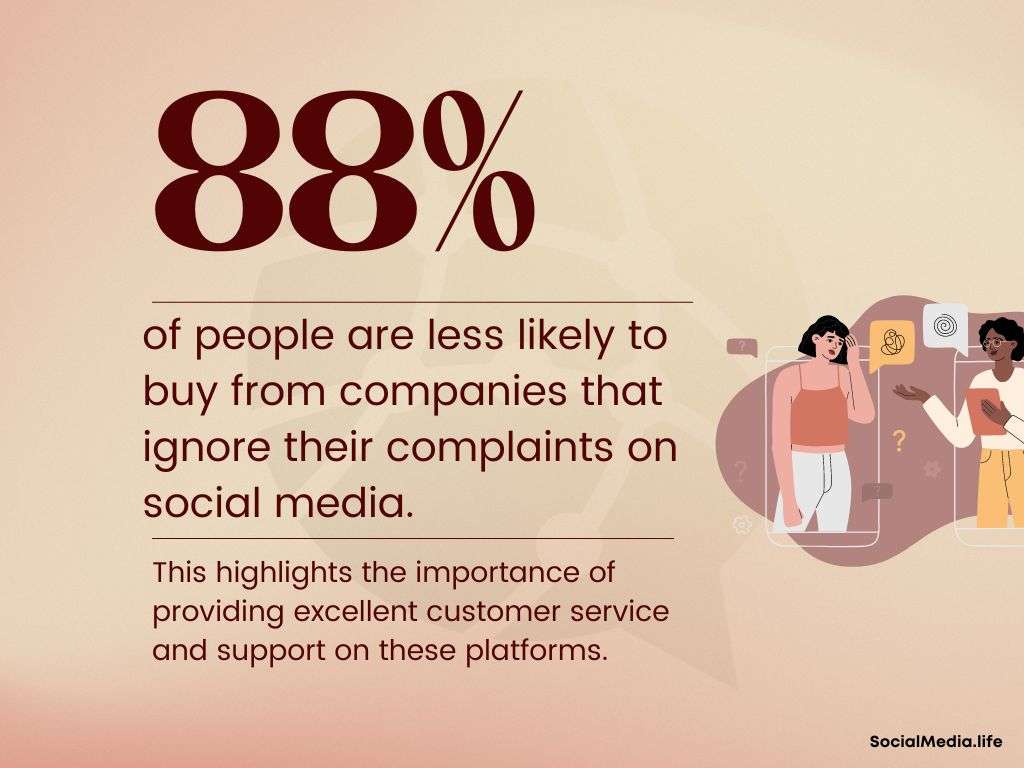
By utilizing e-commerce and engaging with customers, businesses can leverage social media to build relationships with their customers, provide excellent customer service and support, and personalize the customer experience, resulting in increased engagement and loyalty among customers.
Increased Sales and Revenue
Another significant benefit of combining e-commerce and social media is increased sales and revenue for your business. Social media platforms provide an additional sales channel for businesses to reach customers and drive sales. By sharing product information and promotions on social media platforms, businesses can increase their reach and attract potential customers.
Expand customer base
By leveraging social media to reach new audiences, businesses can expand their customer base and drive more sales. Expanding your customer base is an effective strategy for increasing sales and revenue. According to research by Hootsuite, 3.6 billion people worldwide use social media, making it a powerful tool for businesses to reach potential customers.
Targeted Ads
By analyzing customer data and behavior, businesses can identify opportunities to cross-sell related products or upsell higher-priced products to customers. Cross-selling and upselling opportunities are also important for increasing sales and revenue. This can be done through targeted social media advertising or by including product recommendations on your e-commerce platform.
Combining e-commerce and social media, businesses can increase sales and revenue by using social media as a sales channel, expanding their customer base, and identifying cross-selling and upselling opportunities. With the potential to reach billions of people worldwide through social media, businesses can significantly increase their sales and revenue by incorporating these strategies into their marketing and sales efforts.
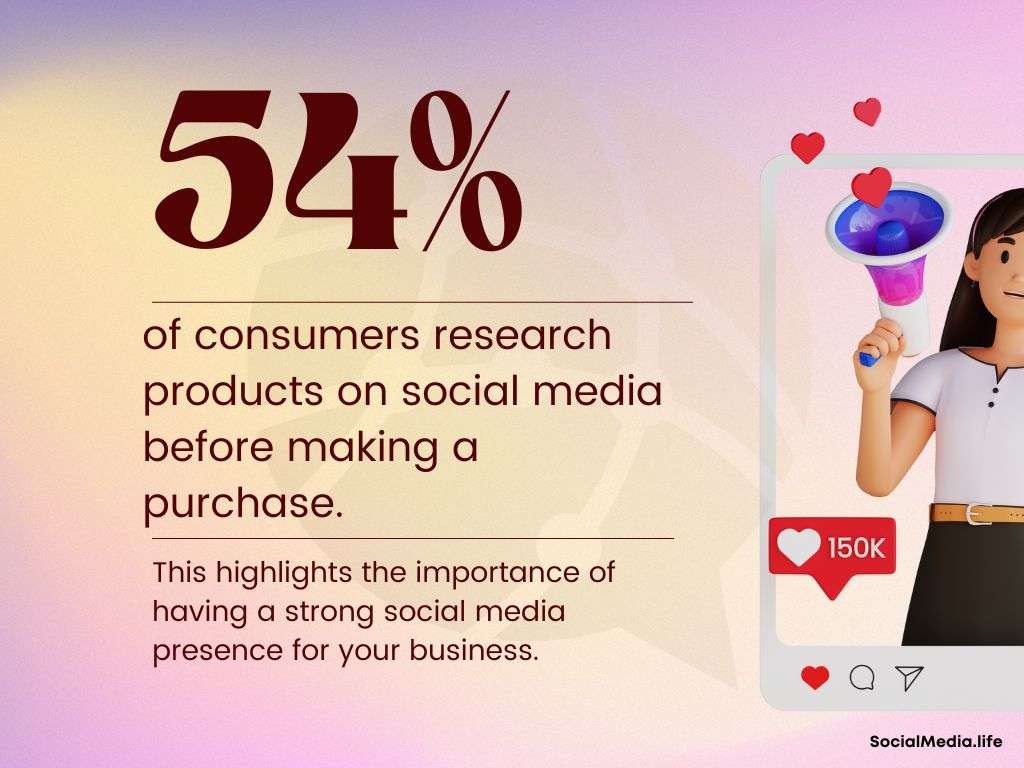
Competitive Advantage
E-commerce and social media can give businesses a competitive advantage in today’s digital marketplace. By leveraging social media channels, businesses can stay ahead of their competitors by engaging with customers in new and innovative ways. According to a report by Statista, 54% of consumers research products on social media before making a purchase, indicating the importance of having a strong social media presence for businesses.
Increase brand awareness and recognition
Social media platforms provide an opportunity for businesses to showcase their brand and products to a broader audience, increasing brand recognition and visibility. Additionally, social media can help build brand loyalty by creating a community of engaged customers who are more likely to share their positive experiences with others.
Innovate strategies to attract customers
By combining e-commerce and social media, businesses can develop new strategies to attract customers, such as using influencers to promote products or hosting social media contests and giveaways to increase engagement and brand awareness.
Overall, e-commerce and social media can give businesses a competitive advantage by helping them stay ahead of competitors, increase brand awareness and recognition, and develop innovative strategies to attract customers. By incorporating these strategies into their marketing and sales efforts, businesses can boost their online presence and drive sales and revenue growth.
Cost-Effective Marketing Strategy
Combining e-commerce and social media can be an incredibly cost-effective marketing strategy for businesses of all sizes. One of the main benefits is the ability to lower advertising and promotion costs by leveraging the reach and targeting capabilities of social media platforms. Social media channels provide businesses with the opportunity to create more targeted marketing campaigns that are more likely to reach their intended audience. This, in turn, can lead to increased conversions and sales. Additionally, businesses can maximize their return on investment (ROI) by using analytics and metrics to track the performance of their social media marketing campaigns. This data can help businesses identify what works and what doesn’t, allowing them to make informed decisions about where to invest their marketing budget.
Overall, combining e-commerce and social media can provide businesses with a powerful marketing tool that can help them increase their visibility, engage with customers, and ultimately drive sales while keeping costs in check.
Case Studies and Examples
There are case studies and examples that can provide practical insights into how combining e-commerce and social media can boost business growth. For example, fashion retailer ASOS has successfully used social media to drive traffic to its e-commerce site. By leveraging user-generated content and influencer marketing, ASOS has gained over 10 million Instagram followers and increased its online sales revenue by 18% in 2020. Another success story is beauty brand Glossier, which built its entire business model around social media marketing and e-commerce. The brand has over 2 million Instagram followers and generates over $100 million in annual revenue.
Best practices for combining e-commerce and social media
These include creating a cohesive brand image across all channels, optimizing content for each platform, and using analytics to measure the effectiveness of marketing campaigns. It is also important to engage with customers by responding promptly to comments and messages, offering personalized recommendations, and providing exceptional customer service. Following these practices, businesses can enhance their online presence, improve customer engagement, increase sales and revenue, gain a competitive advantage, and achieve a cost-effective marketing strategy.
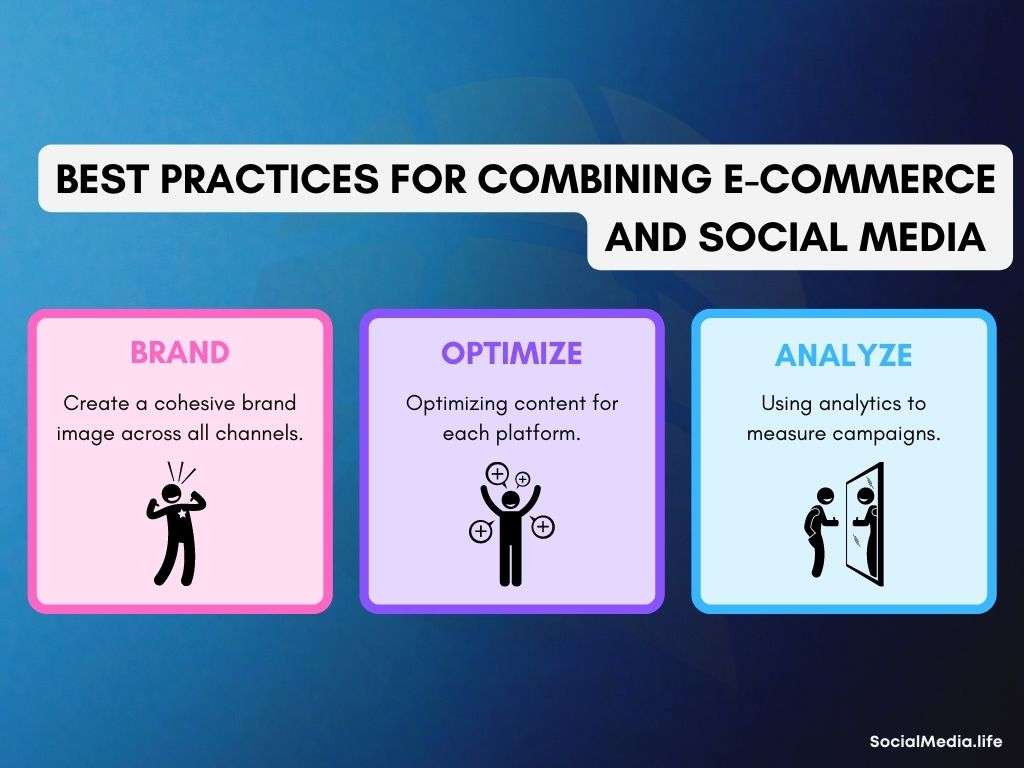
Conclusion
In conclusion, combining e-commerce and social media provides numerous benefits for businesses of all sizes. By increasing your online presence, improving customer engagement, increasing sales and revenue, gaining a competitive advantage, and utilizing a cost-effective marketing strategy, businesses can boost their success and profitability. Future trends suggest that this combination will continue to grow and evolve, with new technologies and platforms being developed. Therefore, it’s important for businesses to stay up-to-date with these changes and adapt accordingly.
Businesses that combine e-commerce and social media can improve their brand recognition, build better relationships with customers, and ultimately increase their revenue. By leveraging the benefits discussed in this post, businesses can successfully navigate the digital landscape and thrive in a competitive market. So, if you’re looking to boost your business, it’s time to start considering the power of e-commerce and social media integration.




